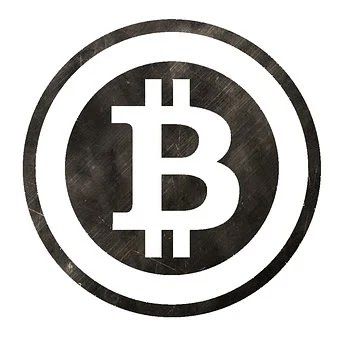What are 5 key components of a blockchain system?
Blockchain technology has attracted a lot of attention in recent years because it is a secure and decentralized method for storing and transmitting data. In its most basic form, a blockchain is a distributed digital ledger that runs on a computer network. Each block of the chain contains a transaction record. The data in a block is considered permanent and cannot be changed once it is added to the chain. There are a number of crucial components that make up a blockchain system, including:
Distributed ledger:
- Distributed ledger: A blockchain is a digital ledger that is based on a computer network, as was mentioned earlier. As a result, all network members have access to the same data and there is no centralized authority or control center. Due to their decentralization, which eliminates the requirement for a single point of failure, blockchains are so secure.
Data encrypted by cryptography:
- Data encrypted by cryptography: One of the most important aspects of a blockchain is the use of cryptographic hashes. A hash, which is a digital fingerprint of a piece of data, is created with the help of a mathematical algorithm. A hash of the previous block in each block connects the blocks of a blockchain to one another. A tamper-proof record of transactions is created because any changes to the data in a block would change the hash, making it immediately apparent that the block had been tampered with.
Consensus mechanism:
- For a blockchain to function, all network members must agree on the ledger's state. To achieve this, a consensus mechanism, or set of guidelines for how new blocks are added to the chain, is utilized. Two of the most widely used consensus tools are Proof of Stake (PoS) and Proof of Work (PoW).
Smart contracts:
- A smart contract is a computer program that can automatically carry out the terms of a contract when certain conditions are met. Through the use of smart contracts, blockchains make transactions and other network interactions easier. It can now be used for a wide range of applications, including digital currencies and supply chain management.
Tokenization:
- Tokenization is the process of transforming an actual asset into a digital token that can be used on a blockchain. As a result, it is simple to transfer ownership of real estate or art in a secure and open manner. Tokenization can be used to create new financial instruments like stablecoins and tokenized securities.


.png)
.jpg)
.jpg)

.png)
